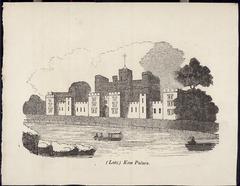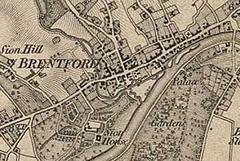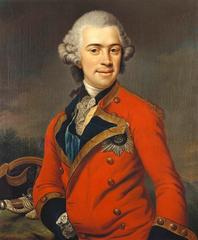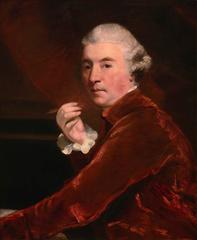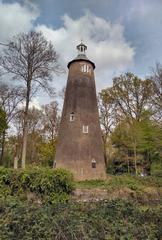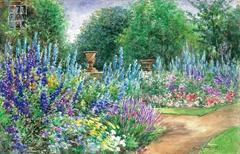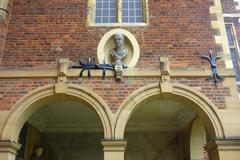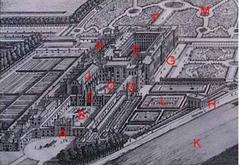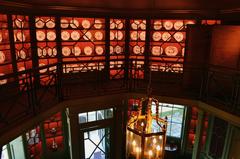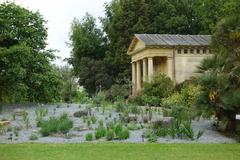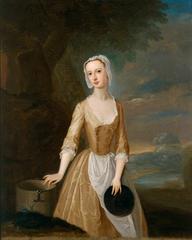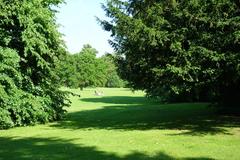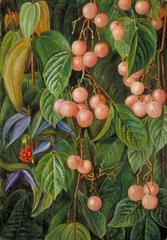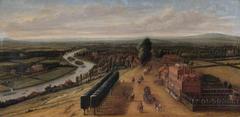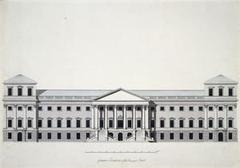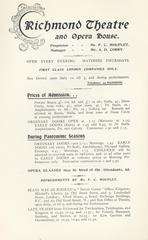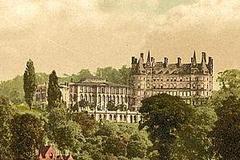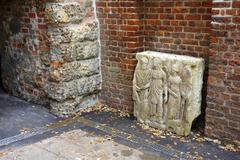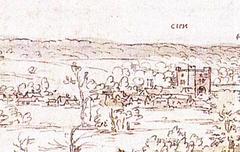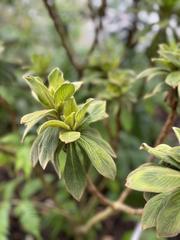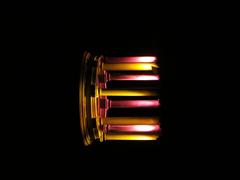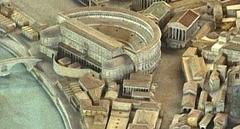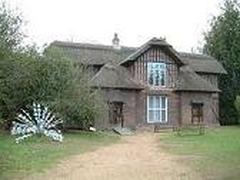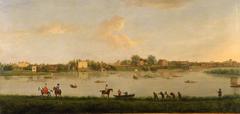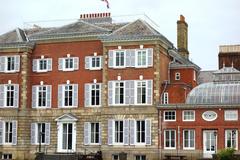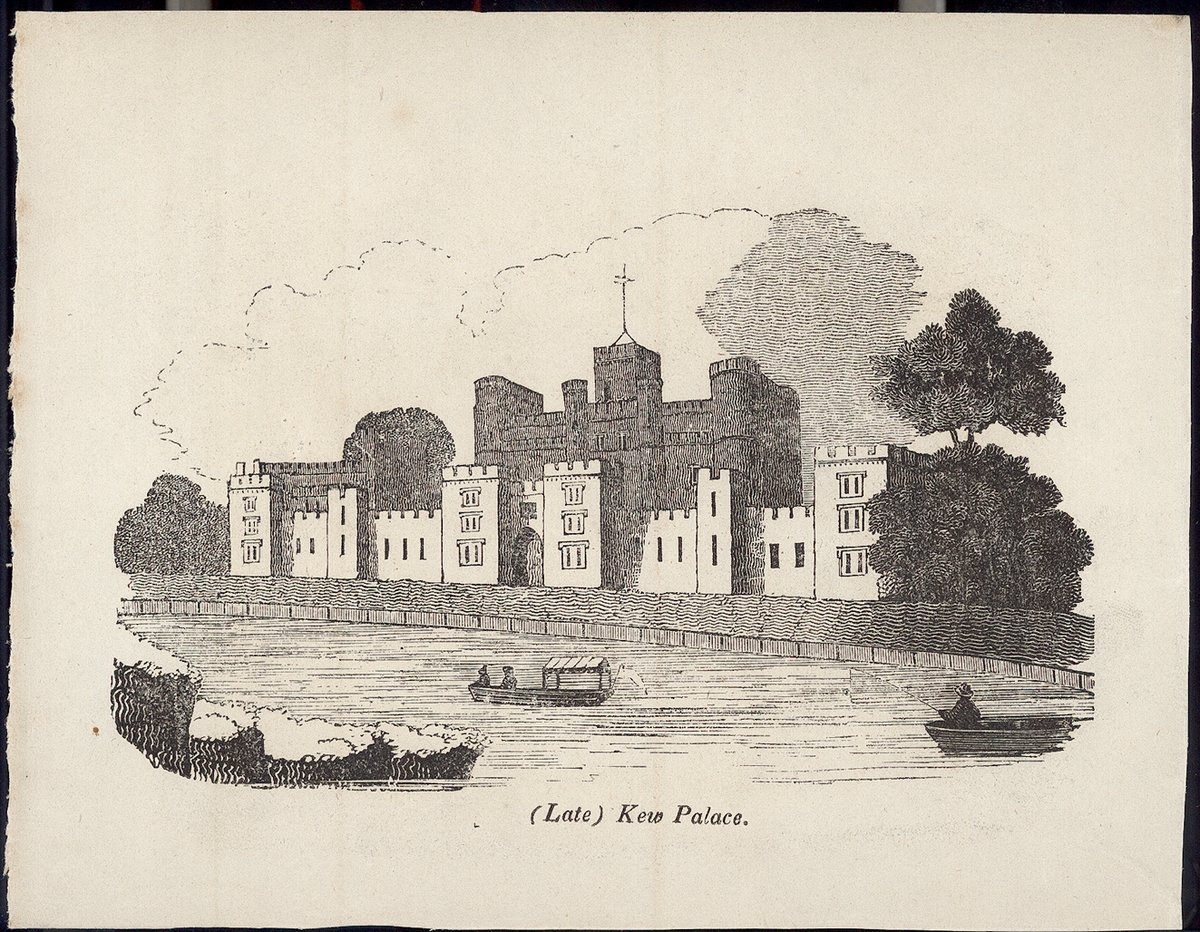
Kew Palace Visiting Hours, Tickets, and Complete Visitor Guide to Richmond Historical Sites
Date: 14/06/2025
Introduction
Kew Palace, nestled within the lush Royal Botanic Gardens in Richmond, stands as London’s smallest royal palace and a captivating testament to British royal history. With its distinctive 17th-century Dutch-style architecture and fascinating Georgian heritage, Kew Palace offers visitors an intimate glimpse into royal domestic life—a contrast to the grandeur of other London palaces. This guide provides comprehensive, up-to-date information about Kew Palace visiting hours, tickets, accessibility, historical significance, and essential tips for making the most of your visit to this remarkable site (Britain Express; Historic Royal Palaces).
Table of Contents
- Historical Overview
- Architectural Evolution and Features
- Cultural Significance
- Visitor Information
- Exploring Kew Palace and Gardens
- Facilities and Amenities
- Visitor Tips and Practical Information
- Itinerary Suggestions
- Frequently Asked Questions (FAQ)
- Visuals and Media
- Internal Links
- Summary and Call to Action
- References
1. Historical Overview
Early Origins and Royal Connections
Built in 1631 by Samuel Fortrey, a silk merchant of Dutch descent, Kew Palace—also known as the “Dutch House”—is a rare survivor of early 17th-century domestic architecture. Its red-brick façade, Flemish bond brickwork, and stepped gables exemplify Dutch influences that set it apart from other royal residences (Britain Express; Historic England).
The palace became a royal residence in the 18th century after its purchase by King George II and Queen Caroline, who sought a retreat for their daughters. Its transformation into a favored summer home for King George III and Queen Charlotte added layers of personal and historical significance (Timeless Travel Steps).
Decline and Preservation
After Queen Charlotte’s death at Kew Palace in 1818, the building fell into disuse until Queen Victoria preserved it as a memorial and opened it to the public in 1898. Today, Historic Royal Palaces manages Kew Palace, ensuring its conservation and public engagement (Historic Royal Palaces).
2. Architectural Evolution and Features
Kew Palace’s architecture embodies both Dutch Renaissance and Georgian influences. The original design features red brick, stepped gables, and a compact rectangular structure. Restoration efforts in the late 20th and early 21st centuries have carefully revealed original details and maintained period-appropriate interiors reflecting the Georgian era (the-past.com; royalpalaces.com).
Situated within the 325-acre Kew Gardens, the palace is set amidst beautifully landscaped grounds, with nearby features such as the Great Pagoda and Queen Charlotte’s Cottage adding historical interest (Kew Gardens).
3. Cultural Significance
Kew Palace’s enduring appeal lies in its intimate scale and stories of royal family life. It was central to the personal lives of George III and Charlotte, and it played a role in the education of their children and as a place of seclusion during the king’s illness. The site reflects changing royal priorities, from private retreat to a public heritage destination, and forms a bridge between monarchy and public engagement (the-past.com).
4. Visitor Information
Visiting Hours
- Seasonal Opening: Kew Palace is open from April to September, typically from 10:00 to 17:30, with last admission 30–60 minutes before closing. Hours vary seasonally and may change due to special events—check the official Kew Gardens website for up-to-date information (Historic Royal Palaces).
Tickets and Entry
- Combined Admission: Entry to Kew Palace is included with a Kew Gardens ticket.
- Adults: £15–£22 (season and time of purchase dependent)
- Children under 4: Free
- Concessions for students, seniors, and families are available.
- Advance online booking is highly recommended to avoid queues (Kew Gardens tickets).
Getting There
- Location: Royal Botanic Gardens, Kew, Richmond, London TW9 3AE.
- Public Transport:
- Tube: Kew Gardens (District Line, Overground)—10-minute walk.
- Train: Kew Bridge Station—15-minute walk.
- Bus: Routes 65, 110, 237, 267.
- Riverboat: Thames Riverboats and Uber Boats—Kew Pier (boat rides info).
- Parking: Limited paid parking at Brentford Gate; public transport is recommended due to high demand (Kew accessibility).
Accessibility
- The ground floor of Kew Palace is wheelchair accessible; upper floors require stair access.
- Accessible restrooms are located nearby in Kew Gardens.
- Mobility aids can be borrowed from the visitor centre with advance booking.
- Carers accompanying disabled visitors receive free admission.
- For specific needs and sensory tours, contact the Kew learning team (Kew Gardens London).
5. Exploring Kew Palace and Gardens
Navigating the Site
- On arrival, collect a map of Kew Gardens to locate Kew Palace, the Royal Kitchens, Queen Charlotte’s Cottage, and the Great Pagoda (Strawberry Tours).
- Allow 45–60 minutes for the palace itself; plan longer for adjacent attractions.
Key Attractions
- Kew Palace: Explore restored rooms, including Queen Charlotte’s bedroom and the princesses’ quarters.
- Royal Kitchens: Step back in time to Georgian culinary routines.
- Queen Charlotte’s Cottage: Open weekends and bank holidays.
- Great Pagoda: Panoramic views (separate ticket required).
6. Facilities and Amenities
- Restrooms: Located near the palace and throughout the gardens.
- Dining: Multiple cafés and restaurants, including the Botanical Brasserie for afternoon tea. Picnics are welcome on lawns, but not in glasshouses or planted areas.
- Shops: Gift shops at the palace and garden entrances offer souvenirs and botanical-themed products (Kew Gardens).
7. Visitor Tips and Practical Information
- Best Times to Visit: Weekday mornings or late afternoons are quieter; May is especially scenic with blooming gardens.
- Seasonal Highlights: Spring bluebells near Queen Charlotte’s Cottage; summer lushness; vibrant autumn foliage.
- Weather Preparedness: Dress appropriately for outdoor conditions.
- Family-Friendly: Interactive displays and a Children’s Garden; supervise children near water and elevated walkways (Visit Richmond).
- Luggage: Large bags are not permitted inside the palace; limited cloakroom facilities.
8. Itinerary Suggestions
- 2–3 Hours: Kew Palace, Royal Kitchens, and surrounding gardens.
- Half-Day: Add Great Pagoda and Queen Charlotte’s Cottage.
- Full Day: Explore the wider gardens, Palm House, Princess of Wales Conservatory, Treetop Walkway, and the Hive (Time Travel Turtle).
9. Frequently Asked Questions (FAQ)
What are the opening hours of Kew Palace?
Kew Palace is open seasonally, generally April–September, from 10:00 to 17:30 (last entry 16:30). Confirm on the official website.
How much do tickets cost?
Admission to Kew Palace is included with Kew Gardens tickets (£15–£22 for adults; discounts available).
Is Kew Palace wheelchair accessible?
The ground floor is accessible; upper floors are not. Mobility aids available on request.
Are guided tours available?
Most visits are self-guided, but tours and talks are offered during peak times and special events (Historic Royal Palaces).
Can I take photos inside Kew Palace?
Personal photography is allowed without flash or tripods.
Are dogs allowed?
No, dogs are not permitted inside Kew Gardens or Kew Palace.
10. Visuals and Media
Caption: The historic red-brick Dutch House at Kew Palace.
Caption: Explore beautifully restored period rooms at Kew Palace.
Virtual Tour of Kew Palace
Downloadable Map of Kew Gardens
11. Internal Links
12. Summary and Call to Action
Kew Palace stands as a rare window into Georgian royal life, distinguished by its Dutch architectural roots and personal ties to monarchs such as King George III and Queen Charlotte. Combined with the beauty and breadth of the Royal Botanic Gardens, your visit promises both cultural and natural enrichment.
Plan your visit today:
- Book tickets in advance via the official website.
- Download the Audiala app for audio guides and interactive tours.
- Follow us on social media for event updates and tips.
- Explore more historic Richmond and London sites for a truly memorable experience.
13. References
- Britain Express
- the-past.com
- Historic Royal Palaces
- Kew Gardens Official
- royalpalaces.com
- Visit Richmond
- Timeless Travel Steps
- Historic England
- Kew Gardens London
- Strawberry Tours
- Time Travel Turtle
- The Chaos Diaries
- History Tools
- Wikipedia
- ArtDistance Local Guide
